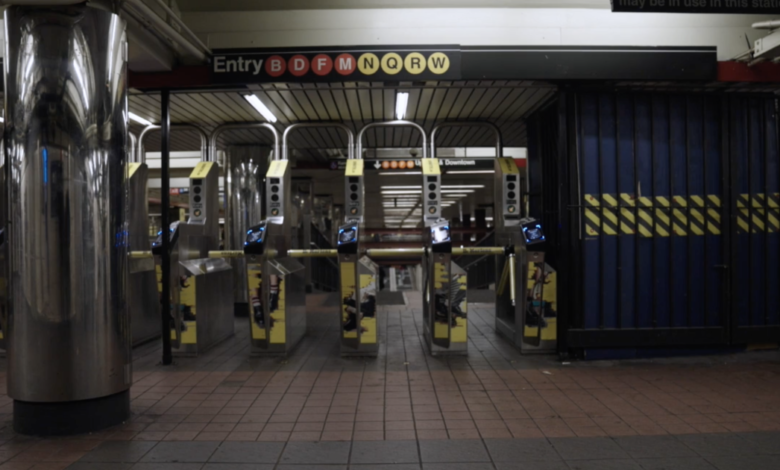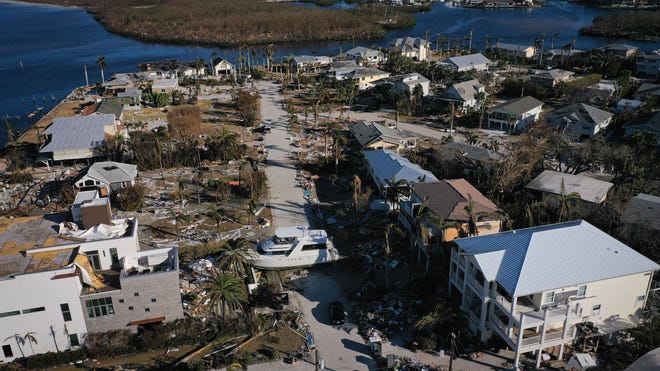
Working from home has done a lot to upend our normal routine, but it has also upended the routine of major cities across the country.
Fewer people are commuting and working from the office and it is affecting real estate, and businesses that rely on that foot traffic to stay alive.
“It’s not that same hustle and bustle as it was this time two years ago,” said Andrew Weinstein, an advertiser who has been working from his Manhattan apartment since the start of the pandemic.
As millions more in the New York City area conformed to a similar lifestyle, subway ridership in the city plummeted. Between February 2020 and February 2021, ridership fell by 92%, according to the Manhattan Transportation Authority, and today, it has only recovered to 40% of its pre-pandemic levels.
Across the country, similar things are happening to major city downtowns. In San Jose, California, office occupancy is currently 20% of what it used to be. In Chicago, it is 24%. According to Kastle Systems, which has tracked keycard entries in offices where it operates, the average office occupancy across 10 of our country’s largest cities was just 31% of its pre-pandemic level.
“It’s not like New York anymore or the one that I’ve seen before,” said Andrea Silecchia who manages a coffee shop in Rockefeller Center. “It really killed the business, because we used to have over 600 people a day in this store, and now, we barely reach 100 if it’s a good day.”
To adapt to the changes, cities have had to evolve to accommodate and drive business. Some cities have suggested getting creative with zoning laws to reduce things like parking and change them into pedestrian zones. In Madison, Wisconsin, for example, that is happening as the city has doubled down on its “Streatery” program, launched in June 2020 to further expand outdoor dining.
Eugene, Oregon is also in the midst of constructing a 3.5-acre park that will permanently house its farmer’s market; things that are a far cry from the “point A to point B hustle” of the past.
After the height of lockdowns in 2020, New York City shut down some of its streets, converting them into outdoor dining venues.
Change is inevitable, and in two years that have brought so much of it, so is the resiliency that inevitably follows.









